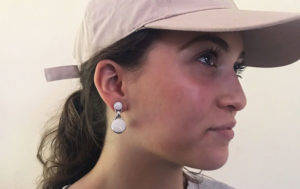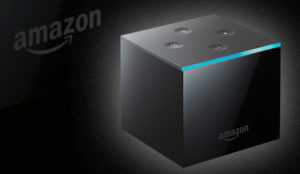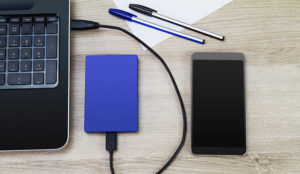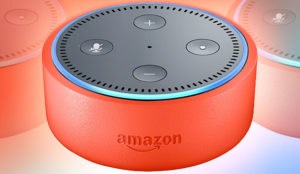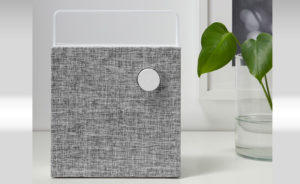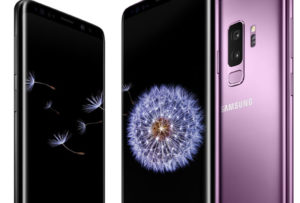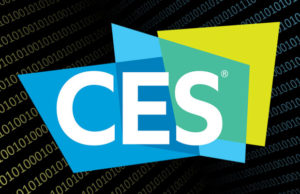
Apple wants to use natural energy sources to keep MacBooks powered while on the move.
The company has won a patent for a laptop with a lid that features a second display, touch inputs and solar cells. The latter could help users keep their MacBooks’ batteries topped up without having to plug in an external charger.
Apple filed its application in 2010, and the U.S. Patent and Trademark Office granted the patent this week.
Photovoltaic Cells
The company’s U.S. Patent No. 8,638,549 is for an “electronic device display module.” It details Apple’s proposal for a two-sided glass laptop casing that features a regular screen on the front. On the reverse, the display housing has photovoltaic cells for charging via sunlight and other sources. These are located under the rear part of the lid.
The two-sided display could be built using a number of materials, including glass, metal, ceramic and fiber composites. The rear could include electrochromic or smart glass. That type of material can alter opacity either to block light or allow it to pass through, effectively allowing Apple to hide the rear-facing display until it’s activated by a user or to charge the photovoltaic cells when the glass is transparent.
Apple Logo
Meanwhile, different layers of the glass could house their own elements, such as an Apple logo that would be lit using LEDs. The top layer of the glass could include touch input sensors that could be converted into system commands.
A user could use the rear panel for a security measure, for instance. Touching a certain section could unlock a magnetic latch that otherwise would keep the laptop from opening. The rear screen also could be used to manipulate media controls, passwords and other software functions.
Filing and being granted a patent is no guarantee that a product will come to market. Other dual-screen laptops exist, such as the Asus Taichi, and dual-screen smartphones such as the YotaPhone are available. Apple also has used dual-glass designs in iPhone models such as the 4 and the 4S.
Keeping Up-to-Date
However, if Apple does make such a device, it may choose to display notifications and other updates on the rear screen, so users can keep up-to-date without having to open up their MacBook.
“Apple is under a lot of media and analyst scrutiny to deliver truly innovative products and not just evolutionary features and enhancements,” Laura DiDio, principal analyst at ITIC, told TechNewsWorld.
“The solar powered, dual-screen MacBook is potentially revolutionary for Mac desktops as well as other devices like iPhones and iPads,” she said.
“Apple has always been a market leader in touch, and I expect they will continue to innovate with this device,” DiDio added.
“The patent also describes touch input sensors on the outward shell, which again is another useful device. Potential disadvantages could be how sensitive it is to everyday wear and tear. The display will have to be rugged,” she noted.
“Also, what happens if you’re trying to use this during a power outage or in very dark settings where natural ambient light is not available?” Didio wondered. “Will it still charge? And how much of a premium will this add to the eventual price if the product does make it to market?”
Questionable Use Cases
“The main issue I can see is whether users would be outside long enough to make the technology worthwhile,” Charles King, principal analyst at Pund-IT, told TechNewsWorld.
“Most people spend their days in offices with occasional breaks for coffee or lunch, so it seems unlikely that they’d spend enough time to regain more than a small fraction of the power they use,” he pointed out.
“Some people — field technicians and sales reps — spend more time outside and on the road, but they’re a minority in most organizations. The biggest practical disadvantage may be leaving your MacBook out in the open, which increases the likelihood of theft,” King said.
Looking further ahead, it’s conceivable that Apple could use a fully functioning, tablet-style display on the rear panel, though it’s not clear how much value for money that would provide users.
“The potential use cases — say, displaying a presentation or video on both sides of the display — aren’t compelling enough to justify the complexity and cost of a fully functional dual-sided display,” remarked Pund-IT’s King.
“There are a number of ways this could be interesting — but most would combine an iPad and a MacBook, and Apple wants people to buy both,” Rob Enderle, principal analyst at the Enderle Group, told TechNewsWorld.
“Microsoft had a laptop design a few years back that had a dual display but cold, utility and weight worked against it,” he recalled. “You could do better now, and Apple is getting desperate for another hit product. I doubt this will be it though.”



